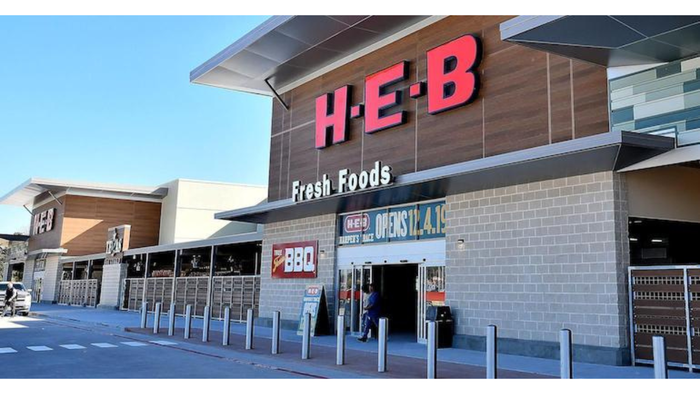From the Publisher: Not a jolly holiday
January 1, 2018
The Christmas selling season is shaping up to be a rough one for retailers. They need to plan ahead to get consumers in a buying mood. By Seth Mendelson Walmart announced in early September that it would bring back a layaway payment plan for the upcoming Christmas season. This little tidbit was carried by much of the national and regional media and, from this angle at least, commanded way too much attention. Then again, perhaps it was exactly what consumers were looking for. Maybe Walmart’s move simply summed up the state of the American economy as we move into retail’s crucial fourth quarter selling cycle. Just maybe things are so bad and do not look to improve anytime soon that the reintroduction of a layaway payment program is enough to get people excited. The fact is that despite some talk of the recession being over, consumers appear as hesitant as ever to spend much money on discretionary products. High fuel prices continue to play a role in this trend, serving as a universal tax that is taking a bite out of everyone’s pocketbook, even if they don’t drive. Add to that the usual concerns about high unemployment, terrorism, falling real estate values and a number of other things, and it is no wonder that consumers are cowering in corners instead of happily frolicking through stores. That’s why Walmart executives wanted to make sure that its announcement made a big splash in newspapers and other media outlets. Company officials are well aware that their core consumer (today that is the solidly middle class on down) is either more strapped for cash this holiday season or is just not in a buying mood. Therefore, the chain—and several other major retailers, including Sears and Toys ‘R’ Us—are taking the necessary steps to give shoppers a reason to shop. Of course, layaway plans, especially with services charges attached (Walmart is limiting it to electronics and toys, Sears has a $5 service fee and a 20% down payment and Toys ‘R’ Us has a $10 service fee and 20% down payment, according to The New York Times) are not enough to kick start an economy that has been battered for three years and remains closer to totally imploding than recovery anytime soon. Retailers are going to have to be extremely aggressive this holiday season with discounts and other special programs to catch consumers’ attention and get them out of this funk. In addition, they need to pay special attention to any type of added-value merchandising to get the consumer out of their homes and into the stores. The good news is that supermarkets have the inherent advantage over other retailers in that they are a place to purchase affordable food. When times get tough, people stop eating out as much and that means more sales at food stores from shoppers looking to stretch their dollars as far as possible. But this does not give supermarkets a free pass. The economy is in bad shape and consumers will even seek to cut corners at the food store to make things work. Food retailers must take every possible measure to ensure that shoppers understand that they are in their corner and working to help them make ends meet. Tough times demand tough decisions. This may be among the toughest times of all. Seth Mendelson can be reached at 646-274-3507, or [email protected].
About the Author
You May Also Like



.png?width=700&auto=webp&quality=80&disable=upscale)
